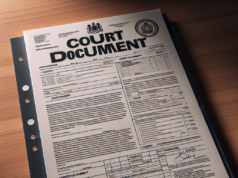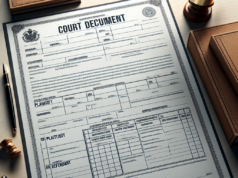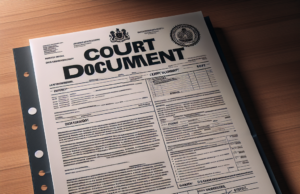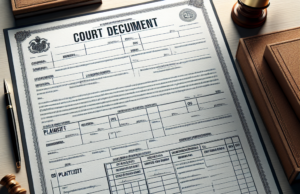
Guide to Spousal Support in Wisconsin
Spousal Support in Wisconsin
Wisconsin’s laws for spousal maintenance are fairly standard compared to other states. The state has no formal calculation for determining maintenance, but some lawyers will consider using the American Academy of Matrimonial Lawyer’s (AAML) standard formula. The calculator on this website for spousal support in Wisconsin uses the AAML’s formula, but the tool also considers several deviational factors. The calculator is meant as a rough estimate, you should always talk with a family law attorney if you want a true and detailed estimate.
Has Anything Changed for Spousal Support in Wisconsin lately?
According the Special Committee on Review of Spousal Maintenance Awards in Divorce Proceedings, there is a bill draft for the Joint Legislative Council. The changes involve bill LRB-1401/1 and certain cases where maintenance should be terminated. Under the proposed bill, the following changes would take effect in spousal support in Wisconsin:
1) If not already terminated for another reason, maintenance would be terminated upon the death of the payee or payer.
2) If the court orders maintenance or family support, the court must include within the order that the payee must notify the court if the payer or payee remarries.
3) The court will vacate a maintenance order if there is proof the payee gives notice that he or she has remarried.
You can find more information on these proposed measures for spousal support in Wisconsin by accessing the official report of the Wisconsin Legislative Council.
What are the Different Types of Spousal Support in Wisconsin?
There are a total of four different kinds of spousal support in Wisconsin, including lump sum, rehabilitative, temporary, and permanent. These types of support are further explained below:
1) Lump Sum- this type of support can occur if a court has officially issued the final divorce order and established a certain amount of needed spousal maintenance. The supporting party may decide to make a lump sum instead of making incremental payments. If a lump sum is allowed and made, a supported spouse cannot request more support in most cases. Many states do not allow this kind of maintenance, but Wisconsin still allows the measure.
2) Temporary- this kind of support is usually paid for one or two years and gives the supported party time to become financially stable.
3) Rehabilitative- this is the most common type of spousal support in Wisconsin. These payments are used by the supported party in order to gain the proper amount of education or vocational skills in order to become hirable on the job market.
4) Permanent- this type of support is paid on a regular basis and for an unlimited amount of time unless the payee can file a petition to modify the support.
Deviational Factors in Wisconsin
Wisconsin’s deviational factors for the amount and type of support are similar to other states:
• length of marriage
• the final division of property
• education of each spouse
• age and health of each spouse at the time of divorce
• contribution to the other spouse’s education
• earning potential for each spouse
• likelihood and good-faith of supported spouse to become self-supportive
• tax consequences on each spouse after divorce
How do I file for Spousal Support in the state of Wisconsin?
There are a number of important steps you need to take in order to properly file for spousal support in Wisconsin. First, you will need to file a petition and summons. Additionally, you will need to submit FA-4138 Income and Asset Statement. After you have submitted all of these forms to the County Clerk and your case has gone to trial, a judge will determine if you are eligible for spousal support.
If you are eligible, a judge will give you permission to fill out FA-4147V Decision and Order on Motion or Order to Show Cause to Change, and the conditions for the maintenance are specified within this form.



























